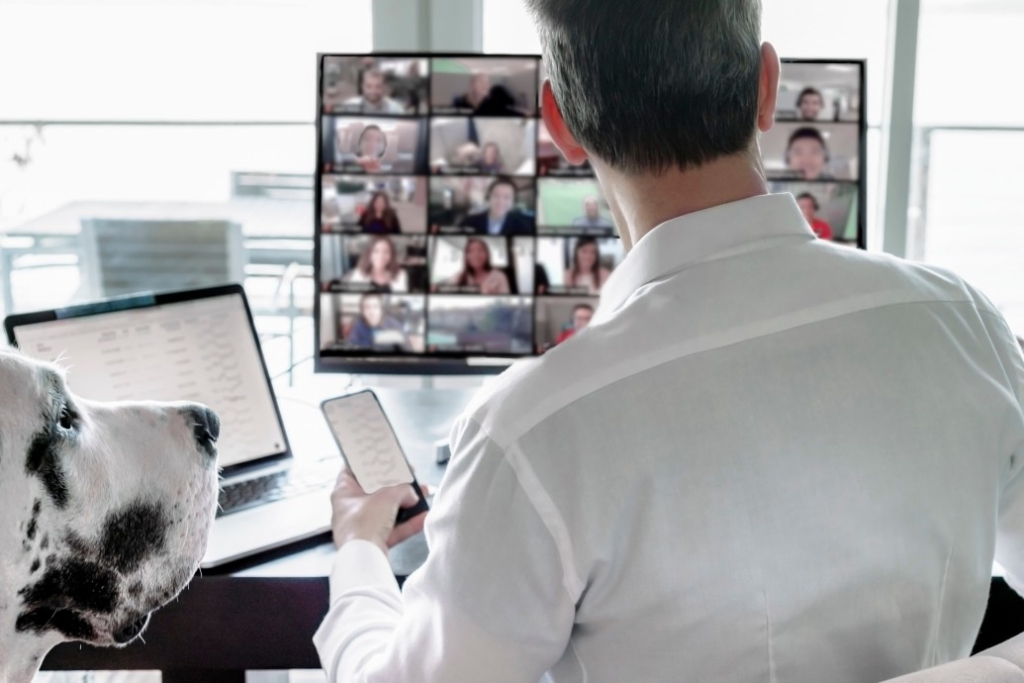How to Use Your Anxiety For Good.

In any given moment, you might feel anxiety and let this negatively affect you. But we want to dig deeper into the meaning of our stress and see if we can flip it on its head, leading us to use our fear of change for good.
At some point in our life, we will go through if not one but multiple changes. These changes might be planned, they might catch us out of the blue, or they might fill us with anxiety. With any type of change, there is bound to be some anticipated loss. Whether that means you are moving across the country and will lose out on time with your family, or you are changing jobs and you are going to have to create a new work/life schedule. You may feel anxious about how that is going to look and what things you will have to change. Any sort of change can bring up all different aspects of anxiety in your life. The real question is, how do I experience change without the worry and anticipated loss? We will take you through the steps that will help you use your stress as a motivator and experience change through a new viewpoint.
1. A Little Worry Never Hurt Anybody
When we say a little worry never hurts anybody, we mean that sometimes you can use your anxiety to motivate you. If you weren’t worried about getting to work on time, would you even get up when your alarm went off? Or would you keep snoozing it and arrive at work late every day with the possibility of losing your job? A small amount of worry can be a primal response in motivating us to do better work and help us do the things we “should,” even when we don’t feel like it. I might not feel like finishing a work project on any given week, but the worry that I don’t want to perform poorly at my job motivates me to keep working hard and pushes back against that feeling of stagnation. Use what might seem harmful to make you into something positive.
(If you feel like your anxiety or worry isn’t motivating you but holding you back from your daily activities, then we recommend that you consult with your doctor about what other steps might work for you.)
2. Face your Fears Head On.
As you are reading this, you are most likely able to relate to losing something this year due to change. With this year being full of situations and changes that we never saw coming, many of us were forced to miss out on events and change how we do a considerable portion of our lives. The first step in not letting fear and anxiety negatively creep into our lives is to face our fears head-on. There is nothing worse than a myriad of what if’s or scary scenarios of how things might play out in our head. So the best way to combat this is to write out what your worst fear might be in a situation and how you can work through it. What’s causing you anxiety right now? Are you faced with being laid off at your work, and is that anxiety following you wherever you might go? Let’s face it head-on. If you DO find yourself in a situation where you are a part of a layoff, what are you going to do? Do you have a plan in place that you can follow if that does happen? Will your family have to shift their priorities for a while to walk through this season together? Will you have to change industries to begin a new job? Do you need to take any certifications to make you stand out from other applicants? Write out all your fears and how you can use that anxiety to motivate you. That way, if what you are worrying about does happen, you have taken the time to make a plan. Instead of living in your fear, you use it to motivate you to do your best with what you have been given.
3. Take Account of the Positives
Once you have walked yourself through facing your fears head-on, you can now consider the positives that a “negative” situation can bring about. For example, let’s talk about our new found “zoom fatigue.” Before the pandemic happened, I had no problem going to four or five meetings a day without getting anxious or overwhelmed. It was usual for me to have so many meetings, which I have been doing for years. With everyone doing everything virtual, every one of my sessions has been switched over to zoom, and for some reason, after a day full of zoom meetings, we tend to feel way more exhausted then a day full of discussions in the office. This is now called Zoom fatigue, or what I like to call “change fatigue.” It doesn’t have to do with the fact that we were using Zoom that makes us tired; it has to do with the fact that we are doing something completely different from our routine, leaving us feeling exhausted and anxious. The primary way I have found to combat this is to look at the positives of me moving my meetings to zoom for the past six months.
Here are my positives:
– I have saved thousands of dollars on travel costs
-Saved money on dry cleaning ( because I’m not using as many suits)
-Diet had gotten better because I have more time to cook and not eat out
-Had four more meetings each month because extra time back from not traveling
-Have more nights at home with my family
Once I could see all the positives from my new situation, I was more invigorated to continue my zoom meetings and use this recent change to my benefit.
How will you use these steps to help turn your anxiety around and use it to motivate you? Our goal here is to help you face the problem head-on, get honest with how it makes you feel, and then use those emotions and the positive side of things to help you move forward is the best way possible for you.
Subscribe for updates from Doulos Advisory:
